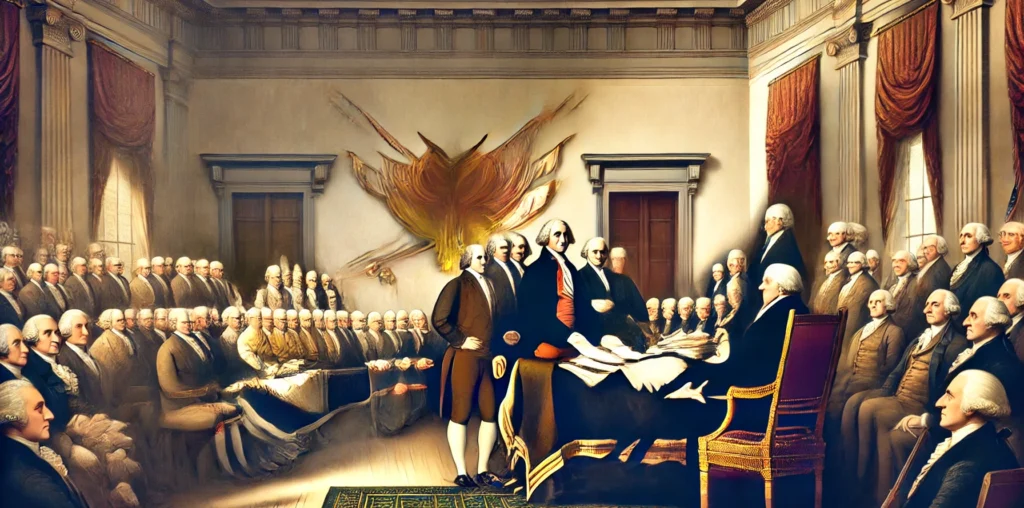Background: Following independence from Britain, the United States was confronted with the task of establishing a fresh governing body.
The initial constitution of the United States, known as the Articles of Confederation, was deemed ineffective, prompting the gathering of state delegates at the Constitutional Convention in 1787 to create a more suitable system of government.
Constitution was signed by the founding fathers.
39 delegates signed the Constitution at the Constitutional Convention in Philadelphia.
The Constitution defined the organization of the national government, which included dividing power among the executive, legislative, and judicial branches, and described the duties and rights of both states and individuals.
will face significant challenges in the future as a result of this decision.
The Constitution has become a universal blueprint for democratic rule worldwide, encouraging other countries to embrace comparable values of democracy, legal governance, and personal liberties.
The document has undergone 27 revisions to accommodate changing situations, and it still stands as the highest law in the United States.
One of the lasting impacts of the Constitution is its capacity to maintain a equilibrium between consistency and adaptability, which guarantees the continued existence and advancement of the United States.
